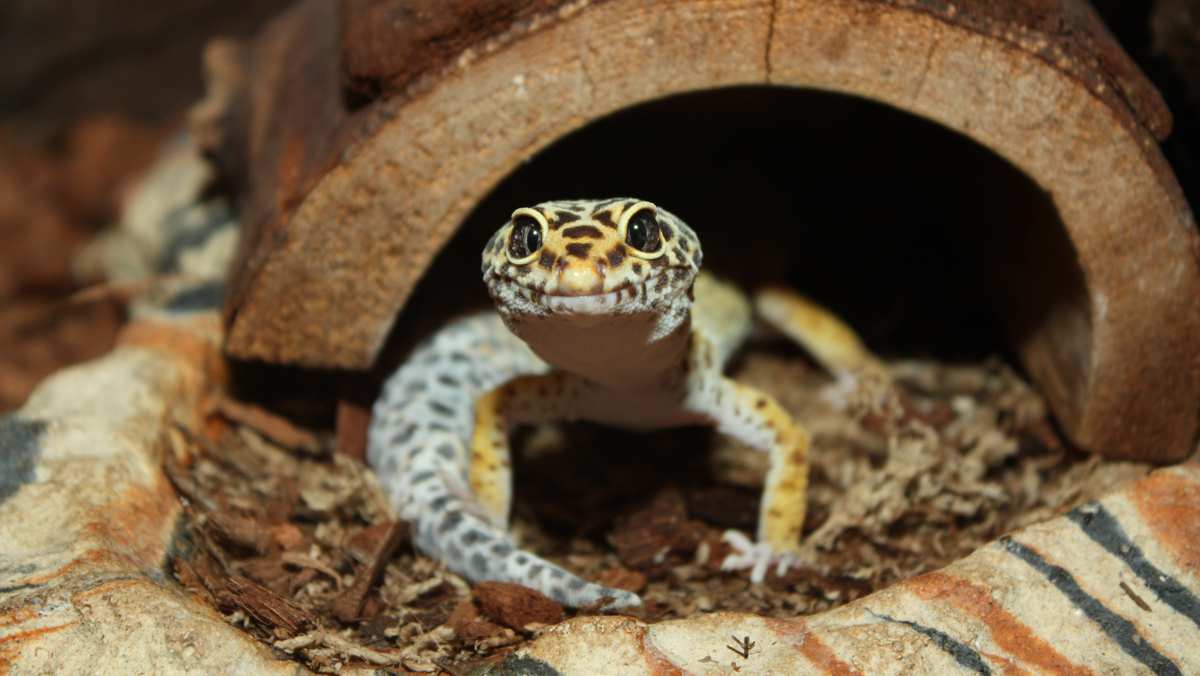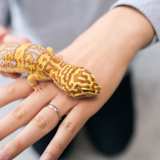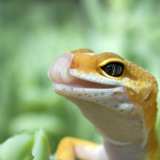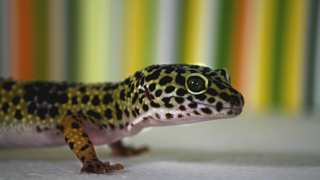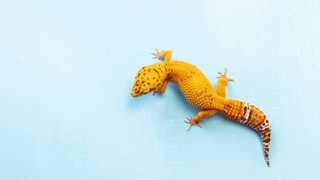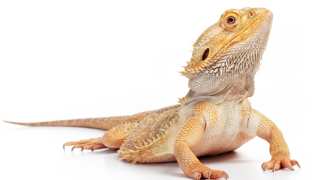Since leopard geckos are naturally from the middle-east, you will need to make sure their light cycles mimic the same cycles as their natural environment. This means in the summer they should have 14 hours of light, followed by 10 hours of darkness, and in winter they need 12 hours of light and 12 hours of darkness. When you do transition from summer to winter hours, try to do it gradually in 15-30/minute intervals per week for a total of 4-8 weeks.
It is best to use automatic timers for your lights because it can sometimes be inconvenient or you may forget to turn on/off your gecko's light. Automatic timers are inexpensive and can save you time and frustration.
Since leopard geckos are nocturnal, they should not be exposed to bright white lights or UV lights. In fact, excessively bright lights can make them feel stressed.
Daytime Lights
Your leopard gecko will be sleeping for most of the day, but he/she will still need a heat source as well as a light source. Even though leopard geckos are nocturnal, you should try to mimic their natural environment's light cycle.
The type of daytime light that you use is not very important. Since leopard geckos are nocturnal, they don't bask in the light like other reptiles. However, keeping proper heat in your tank is important. If you are able to maintain the proper temperature levels in your tank with under tank heaters, then you can use any standard light bulb as a light source. It is not recommended to use the natural light coming in through your windows as the light source for your gecko's tank since your light cycle may be different than the light cycles leopard geckos have evolved to live in.
If you are concerned your leopard gecko's tank may not be the right temperature (even with the use of under tank heaters), you should use a basking light to provide daytime heat as well. The basking light will provide both heat and light so you will not need to purchase multiple bulbs.
Nighttime Lights
Again, since leopard geckos are nocturnal you should not use any type of bright lights, especially during night because that's when they are most active. Providing the correct amount of heat is important for leopard geckos, so if your tank cannot maintain a proper temperature with an under tank heater you will need to get an infrared heat lamp to use at night. Infrared heat lamps will provide your leopard gecko with heat overnight and are specially designed to use with nocturnal animals as the light's color doesn't affect leopard geckos.

